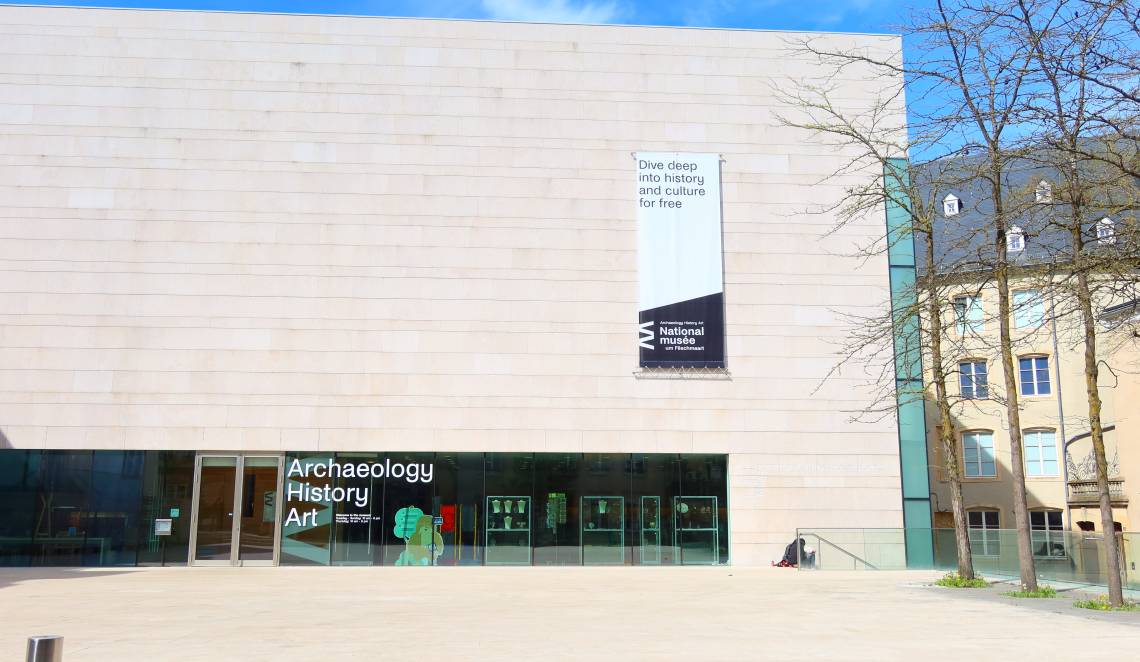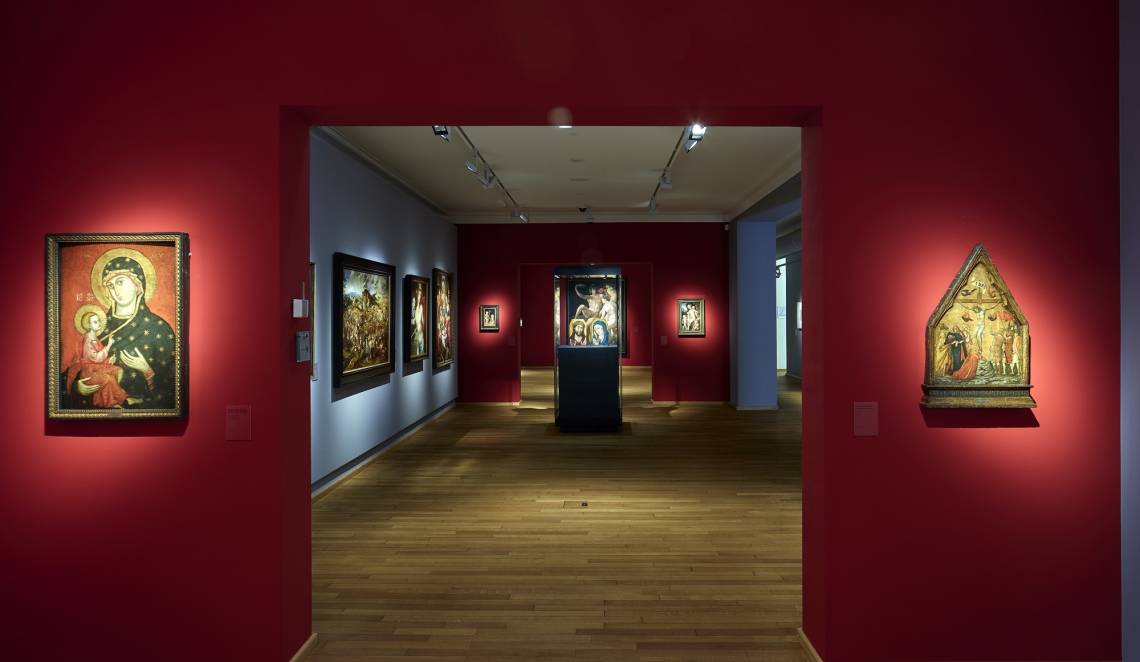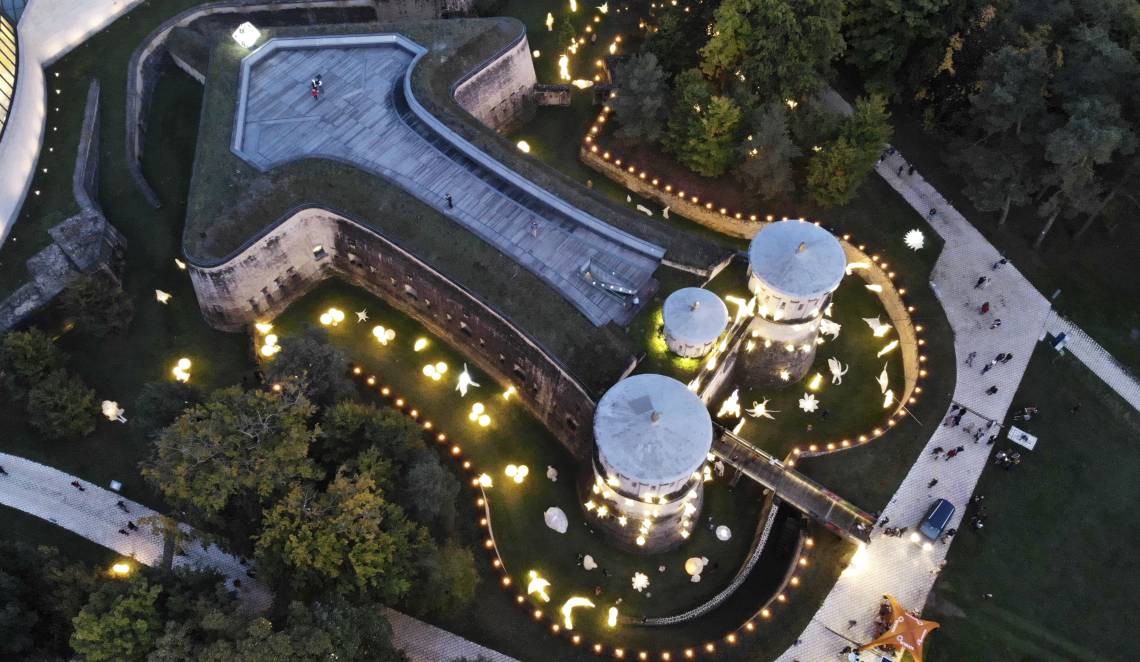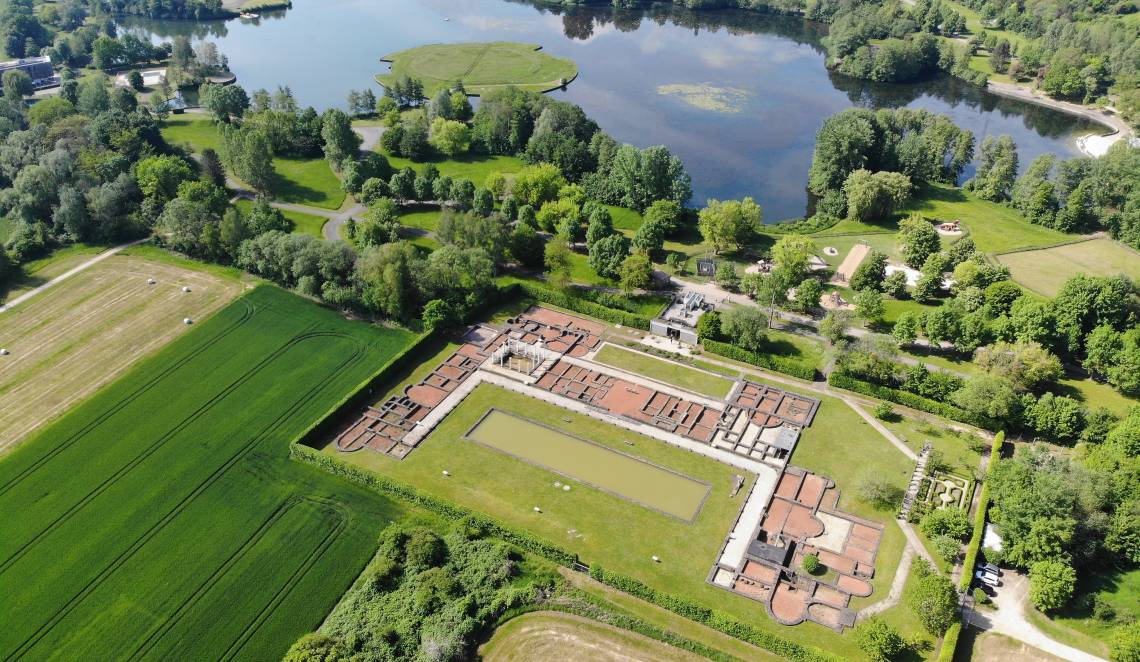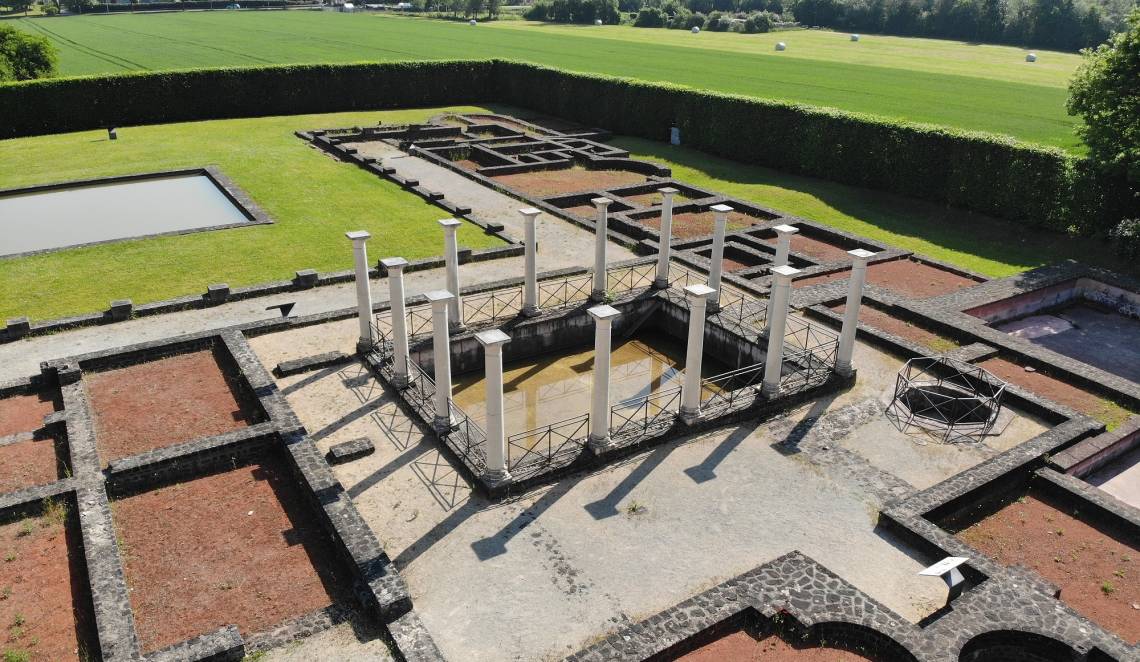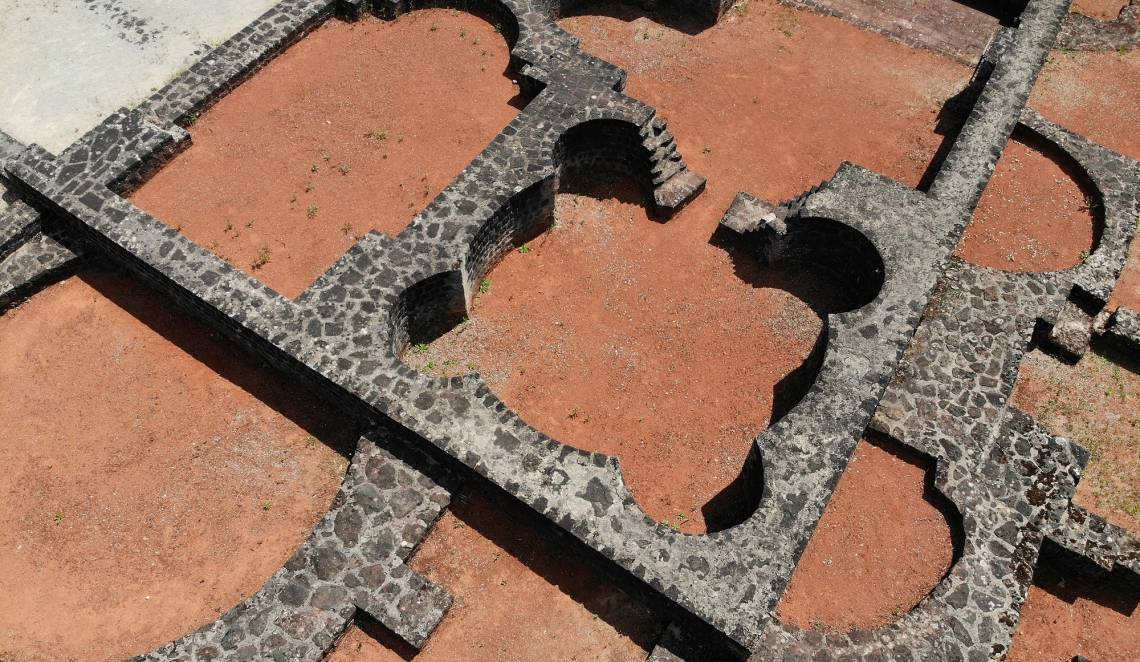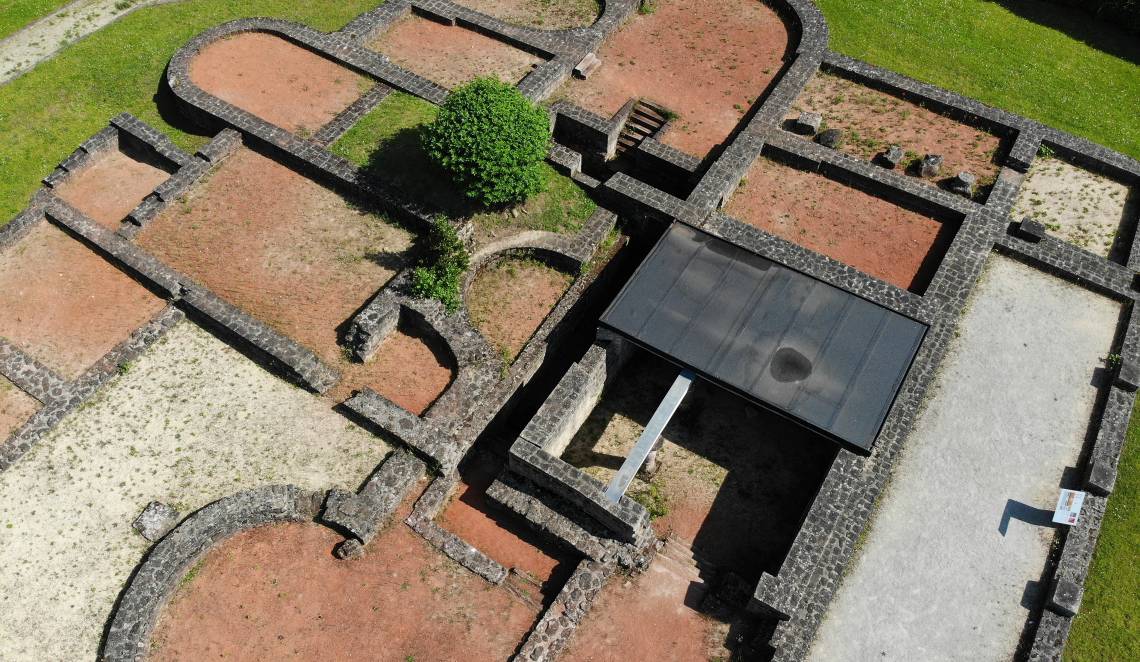Musée national d'archéologie, d'histoire et d'art
The Musée national d'archéologie, d'histoire et d'art (MNAHA) is a state cultural institute which was founded as the "Musées de l’État" in 1946.
It aims to study, preserve, promote and showcase national and international archaeology, history, fine art and applied art collections.
It manages three museum sites - the Nationalmusée um Fëschmaart, the Musée Dräi Eechelen and the Réimervilla Echternach - and two research centres: the Centre de documentation sur la forteresse de Luxembourg and the Lëtzebuerger Konschtarchiv.
The cultural institute also offers several digital resources, notably the online collections platform Collections and the educational activities platform Schools.
Located in the heart of the historic city centre, the Nationalmusée um Fëschmaart showcases Luxembourg's national archaeology, history and art collections, spanning over 6,000 m². Designed and arranged by theme (Archaeology, Coins and Medals, Decorative Arts, Fine Arts), they are a key cultural attraction.
The prologue provides a brief introduction to the history of the country and its collections, after which visitors can tailor their visit to their individual interests. In addition to its thematic visits, which are free of charge, the Nationalmusée also regularly stages temporary exhibitions that reflect on its own collection and various social issues. Free entry to the permanent exhibition.
The Musée Dräi Eechelen explores different aspects of Luxembourg's fortress and how it fits into the history of the city, the development of the country and the cultural identity of a nation.
Tracing the history of secular conflicts between the great European powers from the Middle Ages through to the early 20th century, the objects, paintings, models and sculptures on display document the turbulent events of the past five centuries that led to the formation of the Grand Duchy. Free entry to the permanent exhibition.
The Roman villa in Echternach (1st - 5th century AD) was discovered during archaeological excavations in 1975/76 and is one of the most important vestiges of the Roman Empire north of the Alps.
This luxurious mansion boasted all the comforts of the age. The adjoining museum reconstructs daily life in the villa by staging scenes with life-sized figures. It also features a film on Roman culture and a Roman garden with over 70 different types of plant. Enjoy a walk around Echternach lake after your visit. Free entry.
Our centres
Centre de documentation sur la forteresse
The Centre de documentation sur la forteresse du Luxembourg manages the Musée Dräi Eechelen and presents the documents and objects in its collection. In addition to welcoming visitors and managing the museum, the centre is also in charge of the following activities: giving guided tours in different languages; organising temporary exhibitions; staging colloquia and conferences; conducting historical research on the fortress of Luxembourg and the national identity; collecting and presenting documents.
Lëtzebuerger Konschtarchiv
The Lëtzebuerger Konschtarchiv is in charge of documenting work created in Luxembourg's visual arts sector; conducting related academic research; developing a dictionary for visual arts in Luxembourg and promoting the history of Luxembourgish art through exhibitions and other academic and educational activities.
The staff of the Lëtzebuerger Konschtarchiv conduct research and manage various projects, including the ongoing development of the Lëtzebuerger Konschtlexikon, a biographical and relational dictionary with an integrated database.

